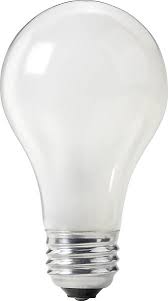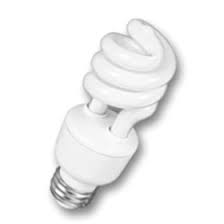 OR
OR 
I heard a statistic the other day that really got me thinking. In 1950, the average home size for a family in Edmonton was 900 square feet. Today that number is 2100 square feet. What happened over the last 60 years to make us all feel the need to more than double the sizes of our homes? My family is certainly guilty of this. Me and Keith started out as a newly married couple in a new home that was just under 1200 square feet. While we lived there, both kids were born and the house was too small – or so we thought. Everybody had their own room, we had a good sized kitchen and eating area, we had a family room that fit everybody and guests and we had a finished basement. So, why did we think we needed something bigger? Well I think I have a couple of guesses.
First, it is our societies obsession with “stuff”. We somehow feel more worthy as human beings and members of our society the more “stuff” we own. So, the more money we make in our jobs, the more of it we buy and the bigger the home we need to store it all! Whether we are actually using all the stuff we collect doesnt seem to matter, as long as everyone knows we are well to do enough to own it all.
The second reason I can think of can be explained by something that happened to me and Keith the other day. In our attempt to live smaller and simpler, we have been looking at downsizing our home. We aren’t going crazy, we would like to move out of our 2100 square foot home into something closer to 1700. We currently have a home with a formal dining room, and a living room and a family room, too much space being used too little. So, we have been visiting some new home builders. It is very interesting to me how these new homes are marketed to potential home buyers. The smallest sizes which are about 1400-1600 square feet are called “Starter Homes”. The next sized homes are called “Moving Up” homes. Ok. Then the homes 2100 square feet and up and called “Estate Homes”. These terms are used by all the builders. The way it looks to me, they have my life completely mapped out for me. First I am supposed to buy a small home (by small I am talking about 1400 square feet, almost double the size of average homes 60 years ago!). Then when I have a family and am presumably making a little bit more money (but not a lot yet) I am supposed to move up into a slightly larger home, the moving up home, and then when I am a truly financially successful person I can move into my estate home where all the other well off people live. They have all my money spent for me for the next 50 years. We walked into one builders showhome the other day and told the lady working there the size of home we were looking for and she told us we were in the wrong neighbourhood. What we wanted was a “moving up” home. Who is she to tell me I am moving up??!
Now why is it that people want bigger homes? Does everybody really need to be so far away from the other people in their family that their homes need to be bigger? Are people really needing to show off that last raise they received at work by buying something bigger? Do we not want to save or spend our money on things other that our homes anymore?
I read recently that 1 in 5 Canadians can’t afford their current housing along with all of life’s other costs. I wonder what that statistic would have been when our homes were half the size of todays. Lee from the Conference Board of Canada said the problem isn’t home affordability per se, but a societal emphasis put on home ownership, which some people simply can’t afford. Hence, leading me back to the pressures and expectation put on us to “move up” the chain of home purchasing. This same article stated that one in five Canadian homeowners struggling to keep a roof over their heads have to make drastic cuts to even the basics, and that number could soon balloon as the costs of home ownership increase, experts say. I can’t figure out why we are doing this to ourselves!
These days it seems we need entire rooms dedicated to our kids insane video game and movie watching habits. We need entire spaces for scrapbooking, poker playing, exercising and holding all our kids crap they can barely even remember they have! I say we get back to basics and create more family time, more time spent playing outside, more camping, less cleaning and more talking to each other. I am quite certain a bigger house does not make a happier family, in fact it may do just the opposite. Plus, with a smaller home we automatically help the environment by reducing our footprint – a win-win all the way around. I’ll let you know how our story plays out….
Tracy



















